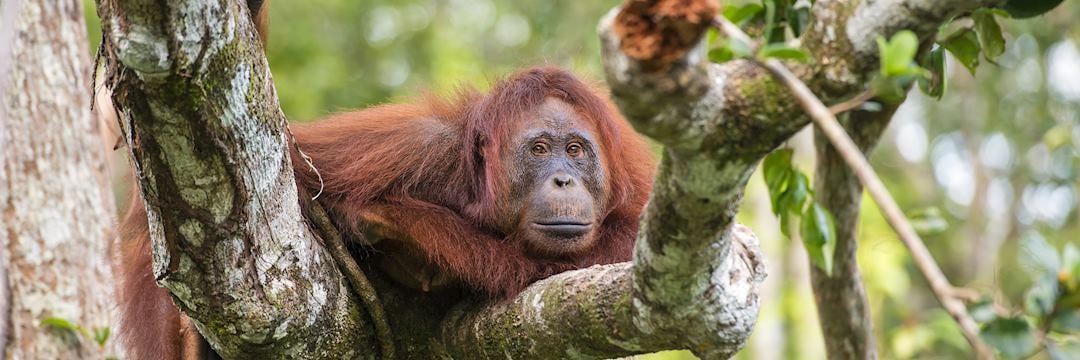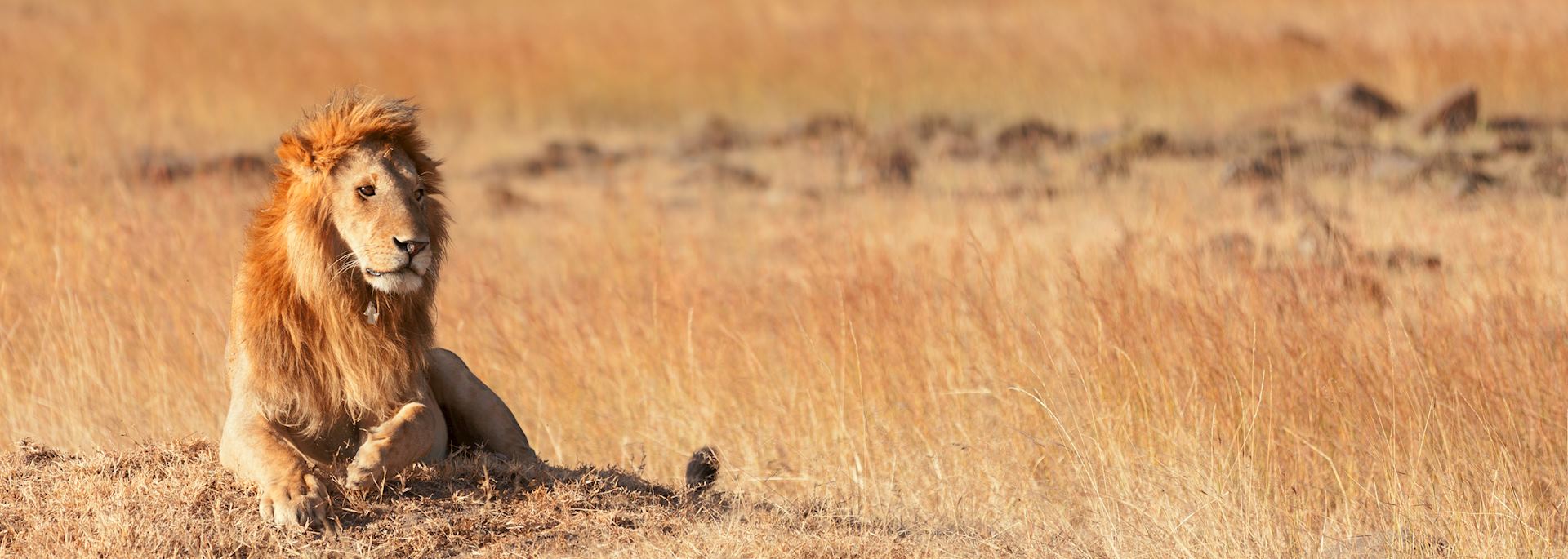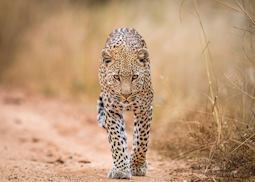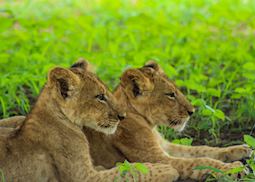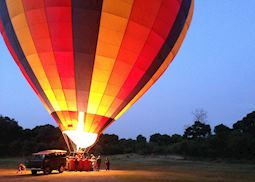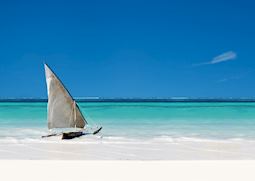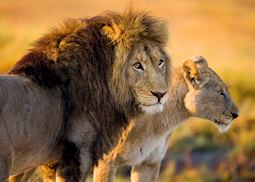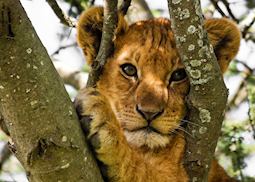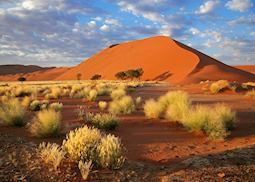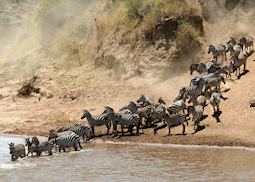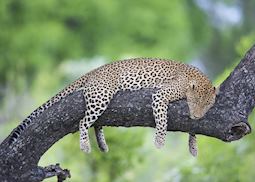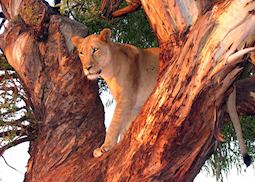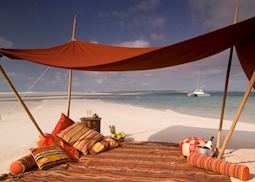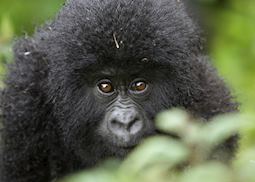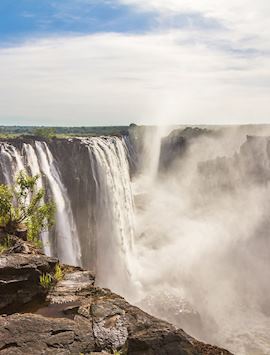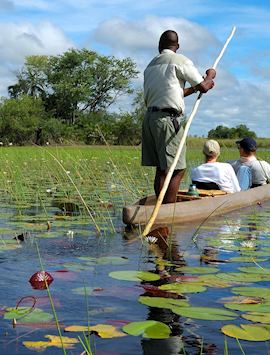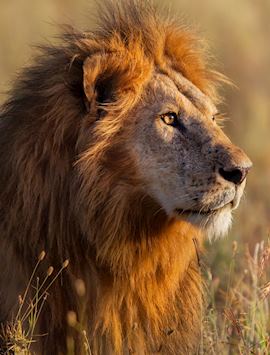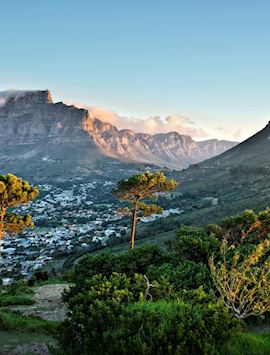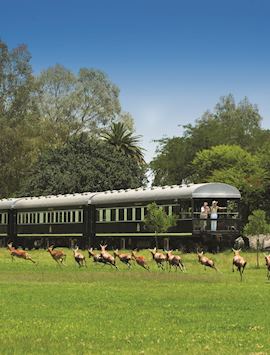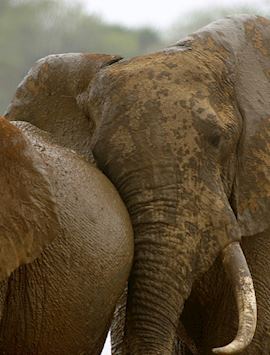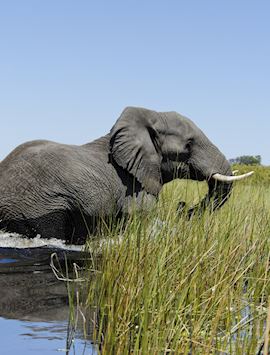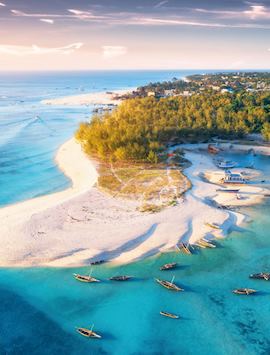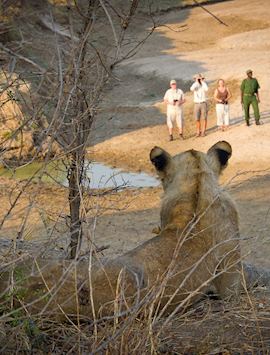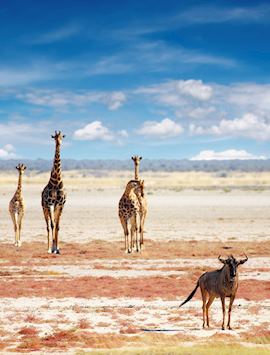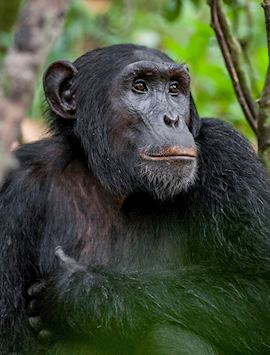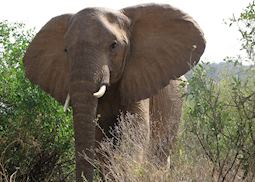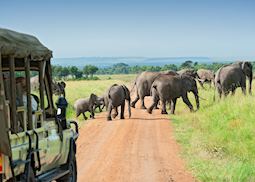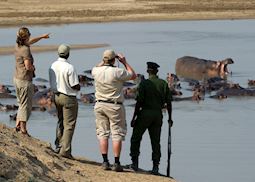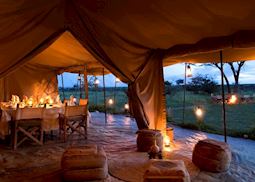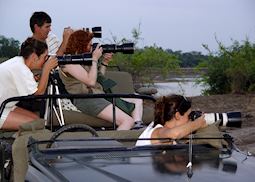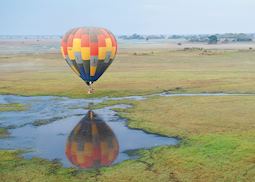A safari is the feeling you get when hearing your first lion roar echoing across the plains. It’s coming across animals you’ve never set eyes on before, and wildlife you’ve always wanted to see. And, it’s sitting out around the campfire at night, sharing your day’s experiences beneath a sky glittering with constellations.
Whether it’s your first safari or the mark of a return to Africa, our safari specialists will use their deep-seated connections with the continent to plan a trip that captures everything you’re looking for. We can arrange experiences that show you the bush in a new light, from walking safaris that focus on the wider ecosystem to boat trips that get you close to elephant, hippo and birdlife.
And, a big part of a safari is about where you stay. We work with the best camps and lodges across Africa, from simple tented camps to opulent lodges with the height of facilities, dining and service.
-
617-223-4521617-223-4300
- Make an inquiry
Safari ideas to match your interests
Whether the appeal of a safari revolves around the wildlife, such as watching the Great Migration or spotting the Big Five, or you want to mark a special occasion, we can create an itinerary to match your tastes. We’ll suggest ways to tailor it depending on your interests, such as added time on the beach or experiences geared around your family.
Our recommended safari destinations
Our safari specialists can help you plan your trip, individually focusing on your tastes and interests, to the destinations below.
Our recommended safari itinerary ideas
Our itinerary ideas will give you a starting point for what your trip could entail. Treat them just as inspiration, as each trip is created uniquely for you and there are many more options available.
Our expert guides to choosing your safari
Penned by our specialists from their own travels, these guides aim to inspire you with suggestions of where to spend your safari. Giving tips for what to experience and recommendations for where to stay, we share our ideas for the best safari destinations to consider.
-
![Our safari guide]()
Safari guide
Whether you’re thinking about planning your first safari or your fifth, our safari specialists are here to help. Amelia, Mike, Harriet, Dickie and Mark describe what draws them to the African bush, and how they can arrange your ideal safari holiday.
-
The Ultimate Guide to Planning Your Unforgettable Safari Adventure ![Elephant in Samburu]()
The Ultimate Guide to Planning Your Unforgettable Safari Adventure
The Ultimate Guide to Planning Your Unforgettable Safari Adventure
Lots of factors come into play when choosing an African safari destination. Your trip might be influenced by the wildlife you want to see, the activities on offer or the choice available for families. Our Africa specialists outline five countries’ safari experiences to help you decide.
Read this guide -
Africa’s best safari areas ![Elephant crossing, Masai Mara]()
Africa’s best safari areas
Africa’s best safari areas
You’re spoiled for choice when it comes to picking an Africa safari destination, but where do you begin? Our safari specialists round up their best six wildlife areas on the continent to help you decide where to plan your next safari.
Read this guide -
Walking safaris ![Walking safari in the South Luangwa National Park]()
Walking safaris
Walking safaris
A walking safari takes you away from the roads on the trail of big game like elephant and buffalo, safely under the watchful eye of an experienced guide. You get a completely different perspective on foot and catch glimpses of the smaller things you'd easily miss from a vehicle.
Read this guide -
Mobile camping safaris ![Mess tent at Ubuntu Mobile Camp]()
Mobile camping safaris
Mobile camping safaris
Ideal for the adventurous, mobile camping safaris are a back-to-basics way of experiencing a traditional safari in Africa.
Read this guide -
Photographic safaris ![Photo opportunities, Zambia]()
Photographic safaris
Photographic safaris
With its dramatic landscapes, exciting wildlife and beautiful sunrises and sunsets, Africa is a photographer’s dream. Find out more about photographic safaris in Africa.
Read this guide -
Hot air balloon flights in Africa ![Hot Air Ballooning in the Kafue National Park]()
Hot air balloon flights in Africa
Hot air balloon flights in Africa
A balloon flight in Africa is one of the best ways to enjoy a safari. Watch out for the giraffe hiding in the trees, antelope and elephant on the plains and birds flying below you.
Read this guide
